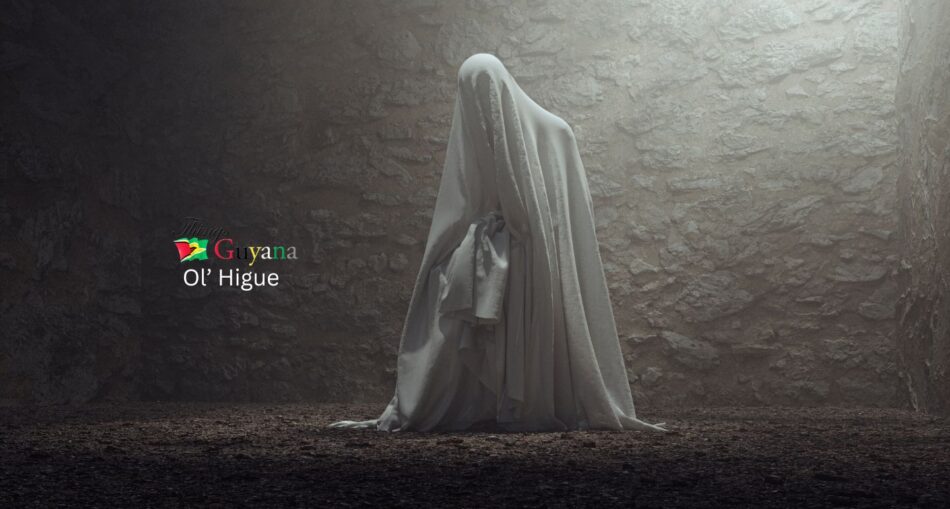Deep in the heart of Guyanese folklore, whispered in hushed tones from one generation to the next, lives the terrifying legend of the Ol’ Higue. This is no ordinary ghost story; it is a chilling tale of a malevolent, shape-shifting creature of the night, a being that instills a primal fear, particularly in the hearts of new parents. The Ol’ Higue is Guyana’s unique and enduring version of a vampire, a fiend that sheds its skin and takes to the skies as a ball of fire, seeking the lifeblood of the innocent.
The Ol’ Higue is most often depicted as an old woman, living a seemingly normal, quiet, and often solitary life during the day. She might be your unassuming neighbour, the woman you pass on the street without a second glance. But as darkness descends, a horrifying transformation occurs. She carefully removes her wrinkled human skin, hiding it away in a calabash gourd or a mortar, and emerges as a glowing, fiery orb, ready for her nocturnal hunt.
Her primary prey is newborn babies, their purity and vitality an irresistible lure. Propelled by an insatiable thirst, the Ol’ Higue flies through the night sky, a streak of malevolent light, searching for homes with unprotected infants. She is said to possess the uncanny ability to slip through the smallest of cracks and keyholes to gain entry into a house. Once inside, she fastens herself onto the sleeping baby and drains its blood, leaving the child weak, sickly, and often, tragically, lifeless by morning.
For generations, Guyanese have held onto a rich oral tradition detailing the ways to protect oneself and to identify and destroy this nocturnal menace. These beliefs, a fascinating blend of folk wisdom and superstition, offer a glimpse into the cultural psyche of the nation.
One of the most well-known methods of warding off an Ol’ Higue is the scattering of uncooked rice grains on the floor or at the entrance of the house. The creature, for all her supernatural power, is cursed with an obsessive compulsion to count. Upon encountering the scattered rice, she is irresistibly compelled to stop and count each and every grain. This meticulous, and often frustrating, task would delay her until the first light of dawn, her power waning with the rising sun. If caught in this vulnerable, skinless state, she could be beaten to death, with a manicole broom being the weapon of choice.
Another potent defence involves salt. It is believed that if one were to discover the Ol’ Higue’s discarded skin, rubbing coarse sea salt or hot peppers into it would inflict excruciating pain upon her when she attempts to reclaim it. The burning sensation would either kill her or mark her permanently, exposing her true identity to the community.
The legend of the Ol’ Higue is more than just a spooky story. It reflects a deep-seated cultural understanding of the fragility of life, particularly in infancy, and provides a narrative to explain the unexplainable in a time before modern medicine. The figure of the Ol’ Higue has also served as a cautionary tale, a way to make sense of sudden infant death or illness.
However, this deeply ingrained belief has also had a darker social ramification. In the past, and even in some remote communities today, elderly and solitary women have been ostracised and, in some tragic instances, fallen victim to accusations of being an Ol’ Higue.
Despite the passage of time and the encroachment of modernity, the legend of the Ol’ Higue endures in Guyana. It is a vibrant part of the nation’s rich tapestry of folklore, immortalised in poetry, literature, and even film. It continues to be a story that sends a shiver down the spine, a powerful reminder of the things that go bump in the Guyanese night. So, if you ever find yourself in Guyana and see a mysterious ball of fire streaking across the dark sky, you might just be witnessing the flight of the legendary Ol’ Higue. And you’d be wise to check that your rice grains are scattered and your doors are securely locked.
Discover more from Things Guyana
Subscribe to get the latest posts sent to your email.







